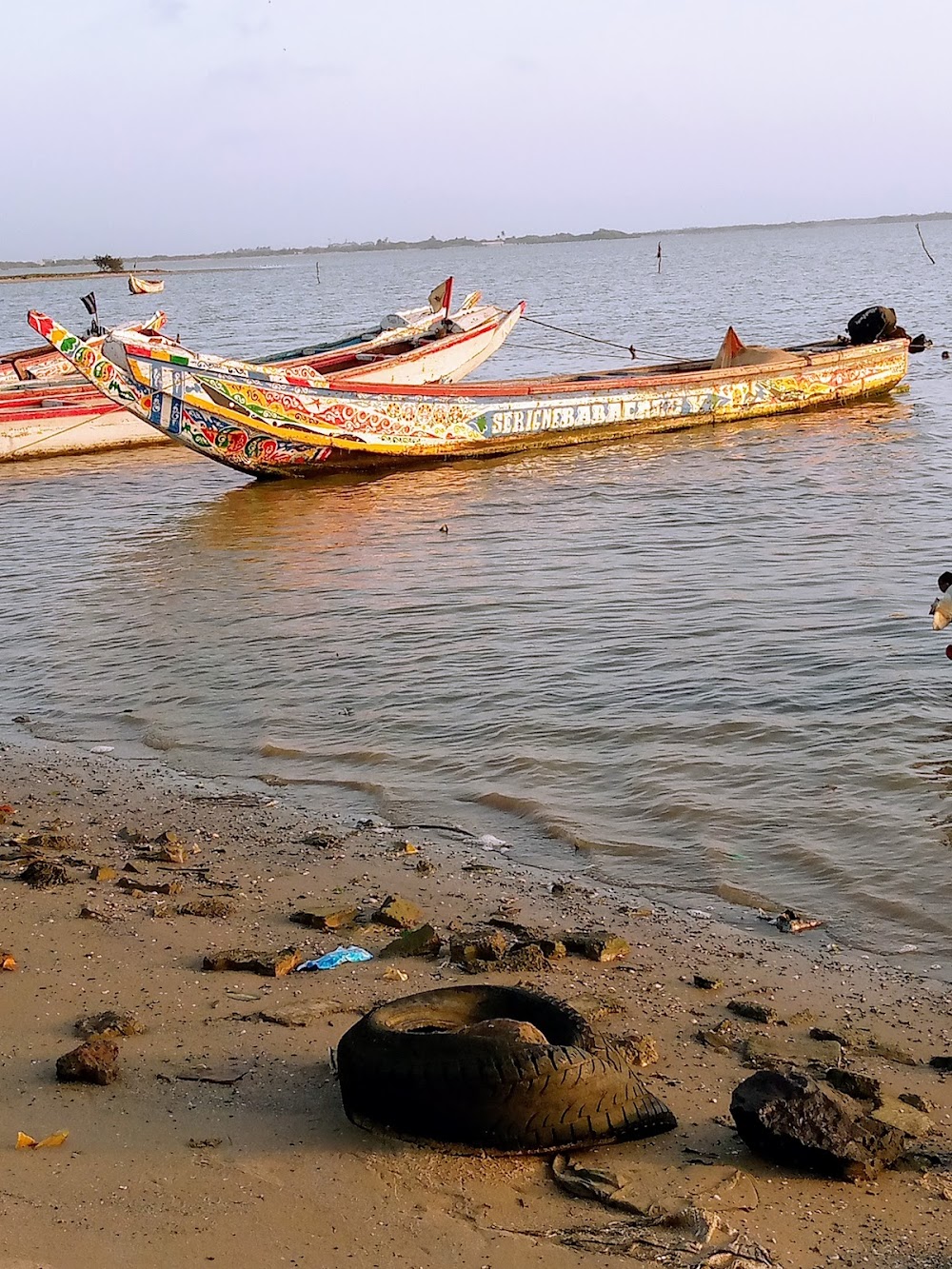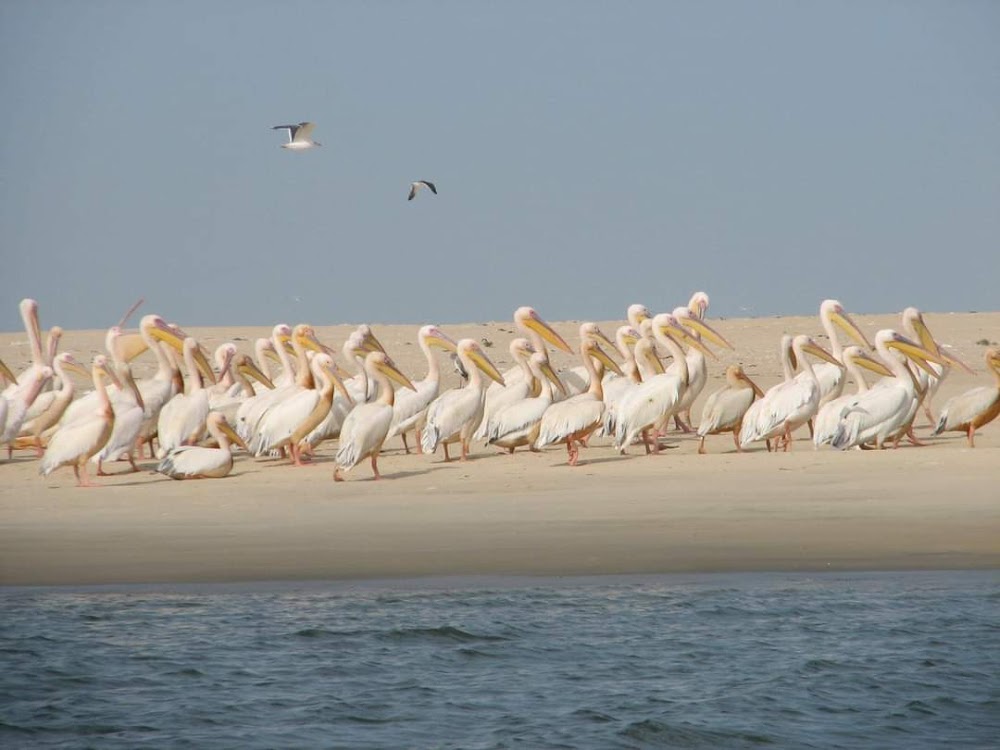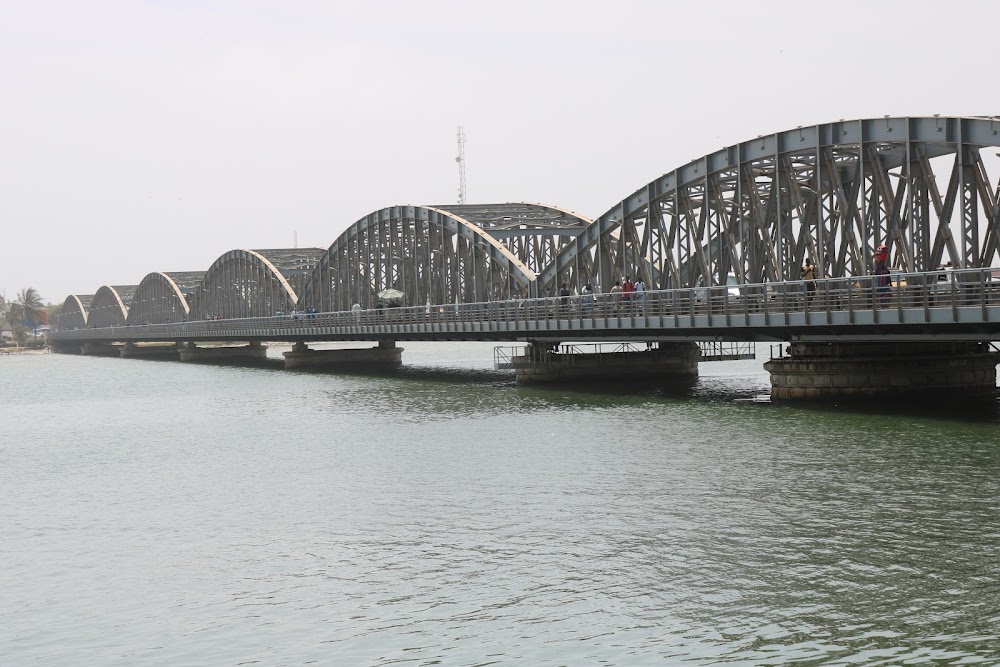National Park of the Langue de Barbarie (Parc National de la Langue de Barbarie)
Overview
Nestled at the mouth of the Senegal River, Langue de Barbarie National Park is a stunning natural gem located near the historic city of Saint-Louis in Senegal. This slender sand spit is teeming with rich biodiversity and breathtaking landscapes, making it a must-visit destination for nature lovers and adventure seekers alike.
The park was established in 1976 to safeguard its unique ecological treasures. Spanning approximately 20 kilometers, Langue de Barbarie serves as a vital sanctuary for an array of wildlife, including numerous bird species, sea turtles, and a vibrant marine ecosystem. It is a place where nature thrives, and its diverse habitats provide essential breeding grounds for many avian inhabitants.
Flanked by the Senegal River on one side and the Atlantic Ocean on the other, the park features an enchanting mix of landscapes. From lush mangroves to sandy beaches and rolling dunes, each area supports distinct ecosystems. During migratory seasons, Langue de Barbarie becomes a haven for birdwatchers and researchers, attracting a myriad of species, including pelicans, flamingos, cormorants, and terns, all seeking refuge in this protected environment.
Importantly, the establishment of the park was not marked by intrusive development but rather by the designation of protected status to preserve its natural beauty. Local communities have become integral to conservation efforts, actively participating in the park's upkeep while maintaining their traditional fishing practices. This collaboration fosters a harmonious balance between livelihoods and environmental stewardship.
The role of local communities extends into eco-tourism, with knowledgeable guides offering tours that delve into the park's flora, fauna, and history. This initiative has not only provided a sustainable source of income for residents but also encouraged a deeper appreciation and commitment to protecting the natural resources of Langue de Barbarie. Nearby, the cultural hub of Saint-Louis, recognized as a UNESCO World Heritage Site, adds to the allure, blending historical charm with the park's natural splendor.
However, the park faces ongoing challenges from climate change and human activities. Rising sea levels threaten the sand barriers, while unregulated fishing and tourism exert pressure on local ecosystems. In response, concerted efforts from the Senegalese government and international organizations have initiated projects aimed at reinforcing the sand spit and promoting sustainable practices to mitigate these impacts.
Ongoing conservation initiatives focus on protecting endangered species and educating visitors about the environmental challenges facing the park. Notably, turtle protection programs are crucial, as the beaches of Langue de Barbarie serve as essential nesting sites for various sea turtle species, highlighting the park's importance in global conservation efforts.
Beyond its role as a sanctuary, Langue de Barbarie National Park serves as a living classroom for environmental education. Schools and universities, both local and international, frequently conduct field trips and research programs here, nurturing a new generation committed to environmental stewardship and the preservation of our planet.
In summary, Langue de Barbarie National Park exemplifies the powerful synergy between people and nature. It stands as a testament to community-driven conservation and the vital importance of safeguarding our natural heritage for future generations. By protecting this rich and diverse environment, Senegal ensures that the beauty and ecological value of Langue de Barbarie will continue to flourish for decades to come.






